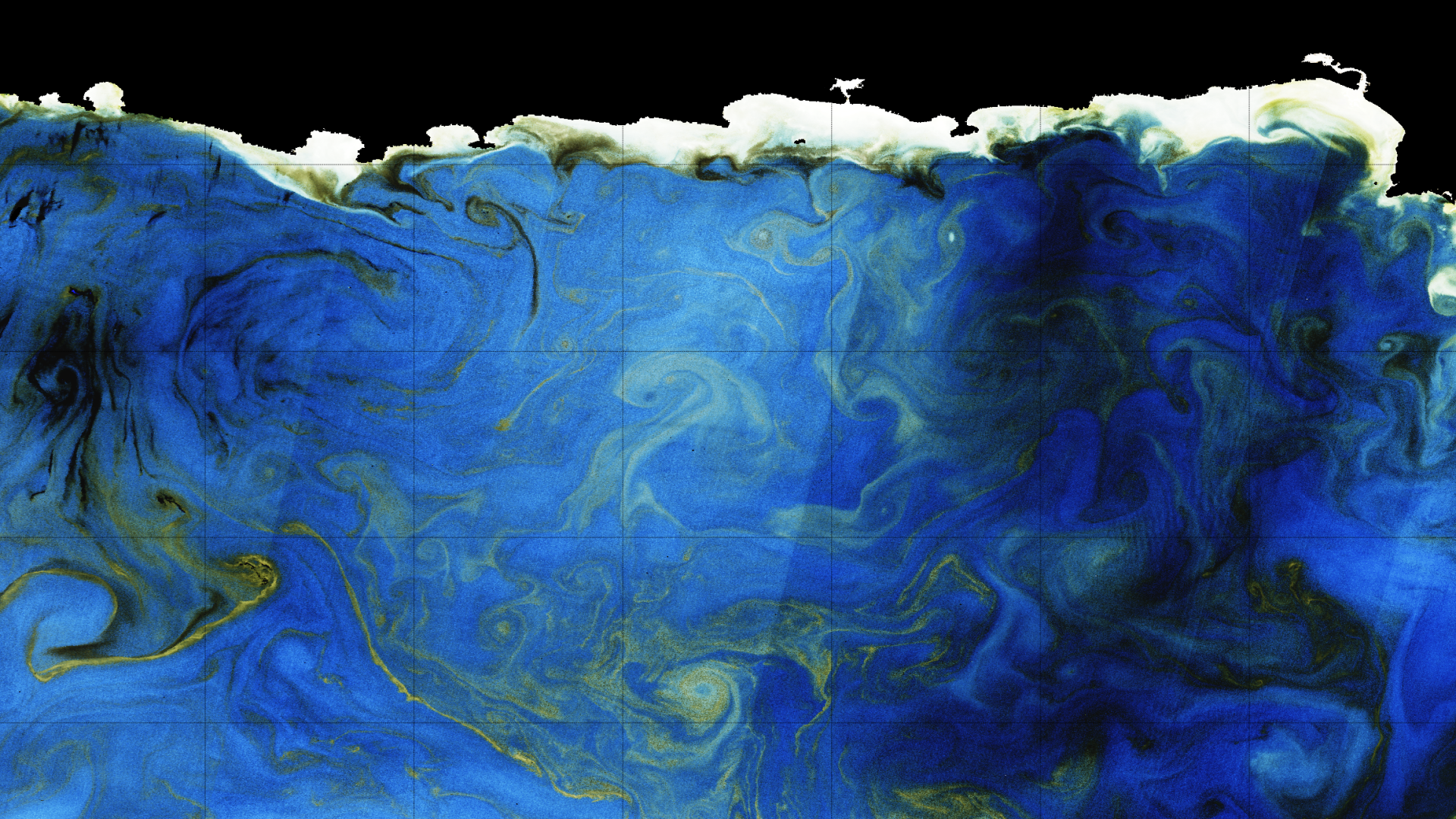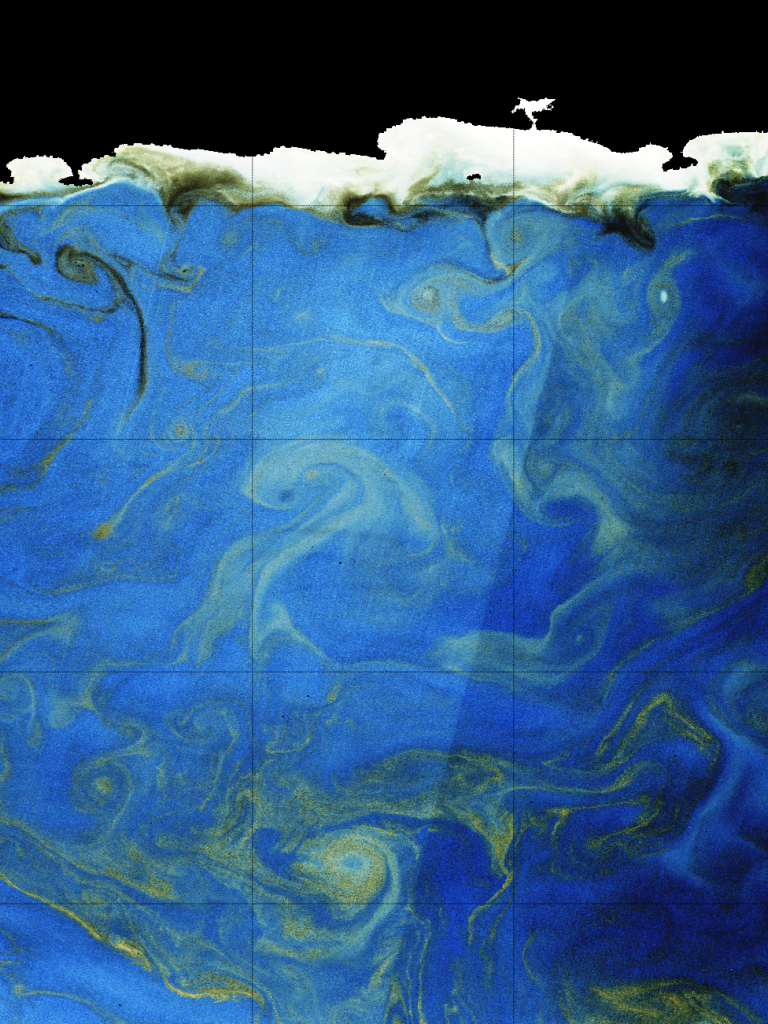16 February 2023
11 May 2021
The processing of remotely sensed ocean colour data into useful radiometric and bio-optical products requires multiple processing stages that account for a host of optical processes that determine the relationship between the satellite signal at the top of the atmosphere and the bio-optical in-water properties of interest. Scientific research is ongoing to improve all stages of such processing and new sensors are being developed and launched to improve the state of the art. Therefore, for any ocean colour processor to remain at the cutting edge, it should be able to integrate new methods of atmospheric correction and in-water product estimation, whilst also being able to process data from the latest sensors. The best solution to meet this requirement is a modular framework into which new processors or modules can be incorporated as options, which can then be tested against existing methods, allowing the user to choose the best-performing algorithm.
This study has developed such a modular ocean colour processing and validation framework, focusing on the OLCI sensor.
Objectives
This project's aim was to create an Ocean Colour processing and validation framework that is:
- modular in nature;
- provided in a self-contained environment (Docker);
- configurable;
- sufficiently fast to allow near real time processing.
Which would allow:
- quantitative comparison of multiple candidate ocean colour processing algorithms;
- determination of system vicarious calibration coefficients for a given processor configuration;
- the blending of in-water algorithms for optimal product performance.
Overview
The prototype framework has been developed to execute level-1B-to-level-2 processing of OLCI data. The framework consists of:
- Online L1 to L2 processors, including NASA’s L2gen, HYGEOS POLYMER and HYGEOS/SOLVO SACSO processors and results from the operational Collection-3 processor, as well as in-water processing.
- Offline modules for in-situ matchups, round robin inter-comparisons (for both atmospheric correction and in-water product algorithms), validation and product assessment, and for performing system vicarious calibration.
These components have been built upon the foundations created through the Ocean Colour Climate Change Initiative (OC-CCI) project. The new framework was designed to make full use of OLCI capabilities, such as the full OLCI visible waveband set and high spatial resolution.
The project partners are Plymouth Marine Laboratory, Brockmann Consult, Hygeos, Hereon, Solvo and FCiências.ID.
Outcomes
The OMAPS processing framework offers the ability to test multiple configurations of L1 to L2 processors and in-water algorithms in a single environment. The framework is deployed as a Docker container which can be run on Linux, Windows or MacOS operating systems with only modest computing power required to process single satellite scenes. This modular, containerised approach scales very well for high-throughput computing environments where there is a need to process multiple satellite scenes very rapidly.
The OMAPS framework is deployed as two subsystems:
- Online subsystem deploys ocean colour processors to process satellite scenes from level-1B to level-2 radiometry and in-water products with the user’s chosen configuration.
- Offline subsystem provides methods for algorithm round-robin comparison, system vicarious calibration, and validation against in situ match-ups.
The exact configuration of the OMAPS online subsystem is defined in config files which control which atmospheric correction and in-water algorithms to be deployed. Currently, the user can select from the EUMETSAT Baseline Collection-3, HYGEOS POLYMER, NASA’s L2gen, or HYGEOS/SOLVO SACSO processors for atmospheric correction, to obtain remote sensing reflectance (Rrs) at the seven wavelengths of OLCI relevant for ocean colour studies. The candidate algorithms for chlorophyll-a retrieval currently available are OC2, OC3, OCx, OC4, OCI and OCI2.
Each stage in the OMAPS framework is a module which has clearly defined inputs and outputs making switching of processors, modules, or algorithms, very simple. The framework currently offers four L1-to-L2 processors and six in-water algorithms for chlorophyll retrieval. However, the modular nature ensures that new processors and in-water algorithms, potentially for products beyond chlorophyll-a, can easily be deployed in the same framework.
The offline subsystem is an integral part of the OMAPS framework that performs validation against in situ data available in the Ocean Colour Database, produces SVC gains using the SVC tool developed by EUMETSAT (https://www.eumetsat.int/ocean-colour-system-vicarious-calibration-tool) and performs round-robin comparison of algorithms. An example output of the round robin comparison is shown in Figure 1.




